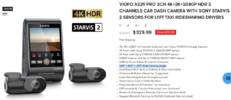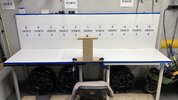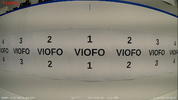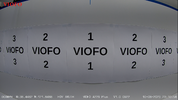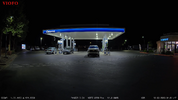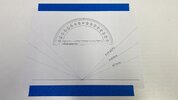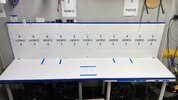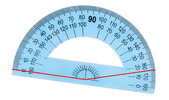I disagree. It's in the image you post, the black circle is the image circle of the lens (which could be described as an angle), however the REAL angle of view (ideally must be specified horizontal or diagonal, WIDE = horizontal?) is dependant on the sensor size and is calculated using BOTH the lens AND sensor specs. As you clearly see in the posted image, the sensor size changes the part of the scene that is visible and thus changes the AOV.
Unless dashcam optics are different to photography optics, there are loads of calculators/articles explaining this in photography where everybody knows that a given lens will give different AOV/FOV depending on sensor size. E.g. common sensor sizes on interchangeable lens systems (aka. system cameras) that sometimes use the same lenses: four thirds, APS-C, 35mm (="full format"), medium format. Physically larger sensors will give larger AOV/FOV for the same lens, as is the case for the IMX678 which is larger then most other dashcam sensors.
I thus agree with the OP
@Panzer Platform with my photographer background.
To add, this might be an industry issue if every dashcam manufacturer reports in the same way and just posts lens specs, in such case it could just be VIOFO giving the data in the same way as other manufacturers do for a comparable delivery, but if so the (dashcam) industry standard is misleading - if there is such a thing.
.

